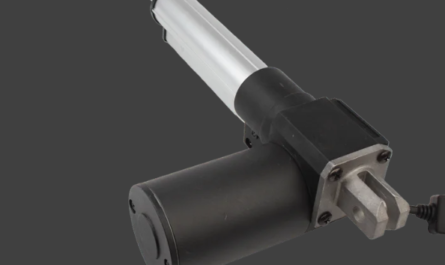Understanding how wholesale tissue culture plants are propagated and produced is essential for nurseries and garden centers looking to source plug plants for their operations. Tissue culture plants, also known as plug plants, offer numerous benefits in terms of consistency and quality, making them a popular choice for many growers.
Micropropagation Process
Tissue culture plants are propagated using a technique called micropropagation, which involves growing plants from small groups of cells in a laboratory setting. This process allows for the mass production of identical plants, ensuring uniformity in size, shape, and quality.
Selection of Parent Plants
The production of tissue culture plants typically begins with the selection of superior parent plants, which have desirable traits such as disease resistance or unique characteristics. These parent plants serve as the source of tissue for the propagation process.
Tissue Collection and Sterilization
The first step in the production of tissue culture plants involves collecting a small piece of tissue, such as a leaf or stem, from the selected parent plants. This tissue is then sterilized to eliminate any contaminants, such as bacteria or fungi, that could inhibit growth.
Growth in Nutrient-Rich Medium
Once sterilized, the tissue is placed in a nutrient-rich agar medium, where it begins to grow and multiply. This medium provides the necessary nutrients and support for the tissue to develop into a mass of cells called a callus.
Shoot and Root Formation
After the tissue has formed into a callus, it is transferred to a different medium that encourages the formation of shoots and roots. Once these shoots and roots have developed, they are transferred to a rooting medium where they can establish a healthy root system.
Transfer to Individual Containers
The resulting plantlets are then carefully transferred to individual containers or trays, where they are allowed to grow and develop further. This stage of the process requires attention to detail to ensure that each plantlet receives the necessary care and support for optimal growth.
Advantages of Tissue Culture Plants
One of the key advantages of tissue culture plants is that they are free from pests and diseases, making them an ideal choice for nurseries and garden centers looking to reduce the risk of introducing harmful organisms to their growing environment. Additionally, tissue culture plants are known for their rapid growth rate, allowing for quicker turnover and increased productivity.
Considerations when Buying Wholesale
When buying plug plants wholesale, it’s important to work with reputable suppliers who have experience in producing tissue culture plants. Look for suppliers who are transparent about their propagation methods and can provide detailed information about the parent plants used in the production process. Additionally, consider factors such as shipping and handling procedures to ensure the survival of delicate tissue culture plants during transportation.
Conclusion
Understanding how wholesale tissue culture plants are propagated and produced can help nurseries and garden centers make informed decisions when sourcing plug plants for their growing operations. By choosing high-quality tissue culture plants from reliable suppliers, growers can ensure that their customers receive top-notch plants that will thrive in their gardens and landscapes.
